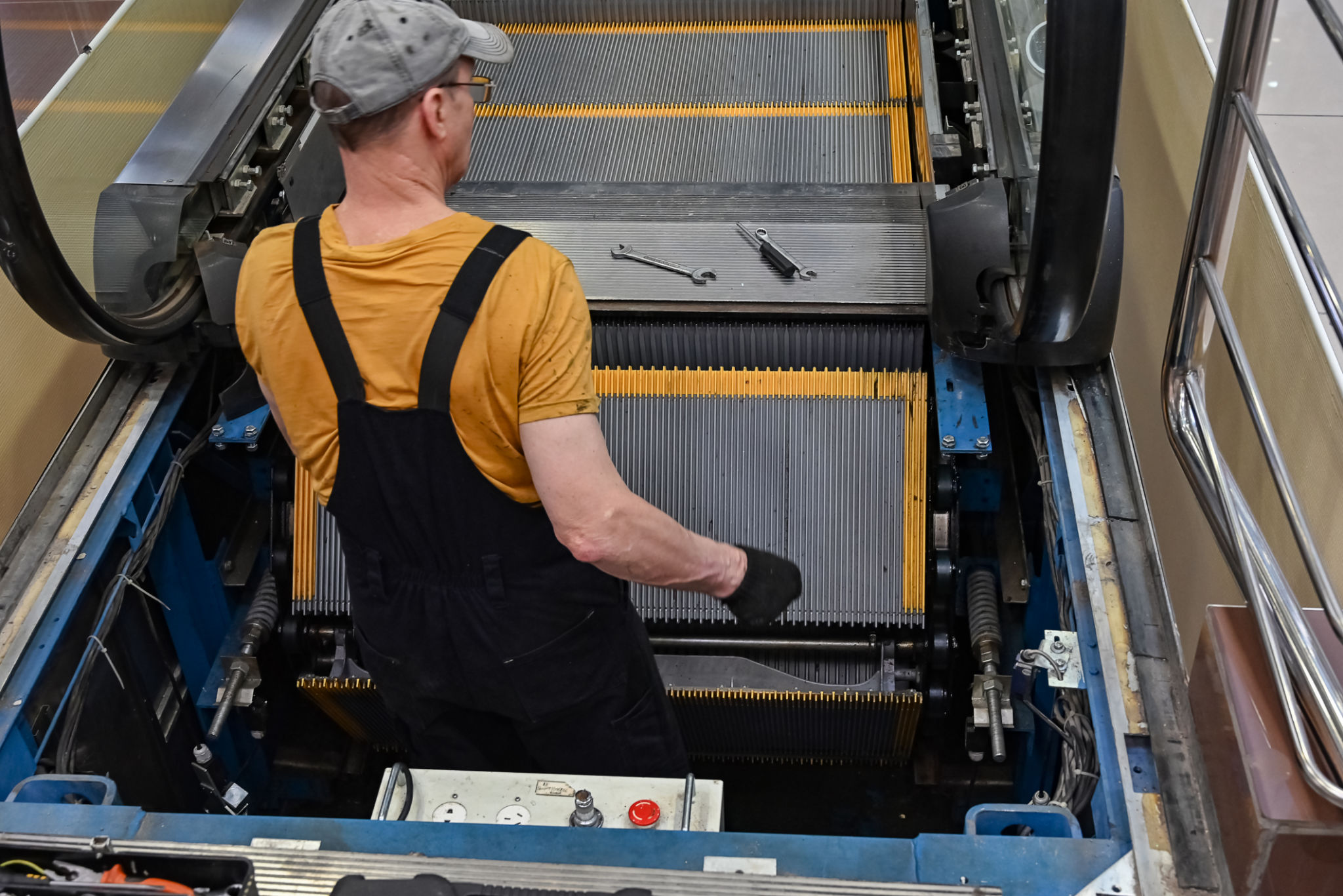Preparing Your Building for the Rainy Season: Elevator and Escalator Tips
Understanding the Impact of the Rainy Season
As the rainy season approaches, building managers and owners need to prepare their properties for the increased moisture and potential flooding. One critical aspect of building maintenance during this time is ensuring that elevators and escalators remain safe and functional. Heavy rain can lead to water ingress, which may affect the performance and safety of these essential components.
Water damage can lead to costly repairs and pose safety risks to users. Therefore, it is crucial to take proactive measures to protect elevators and escalators from the challenges posed by the rainy season. By implementing a few key strategies, you can help ensure that these vital systems operate smoothly, regardless of the weather conditions.

Elevator Maintenance Tips
Seal Vulnerable Entry Points
The first step in protecting your elevators from rain-related issues is to seal any potential entry points for water. Inspect elevator shafts, doors, and machine rooms for cracks or gaps where water could seep through. Use appropriate sealing materials to close these gaps and prevent water ingress.
Regular Inspections and Maintenance
Conduct regular inspections of your elevator systems to identify any existing or potential problems. During these inspections, pay special attention to electrical components, as water can cause short circuits or corrosion. Scheduling professional maintenance before the rainy season can help address minor issues before they become significant concerns.

Install Waterproof Covers
Consider installing waterproof covers over sensitive parts of the elevator system, such as control panels and electrical equipment. These covers act as an additional layer of protection against water damage, ensuring that your elevators remain operational even during heavy downpours.
Escalator Safety Measures
Ensure Proper Drainage
To prevent water accumulation in escalator components, it's essential to ensure proper drainage. Check that drainage systems are clear of debris and functioning efficiently. Blocked drains can lead to water pooling, which may damage mechanical parts and create slip hazards for users.

Use Slip-Resistant Materials
During the rainy season, wet weather conditions can increase the risk of slips and falls on escalators. Consider installing slip-resistant materials on escalator steps and handrails to enhance user safety. These materials can help prevent accidents and provide peace of mind for building occupants.
Regular Cleaning and Checks
Perform regular cleaning of escalator steps and surrounding areas to remove any dirt, moisture, or debris brought in by foot traffic. This practice not only maintains cleanliness but also reduces the risk of slips caused by wet surfaces. Regular checks should also be performed to ensure all components are functioning correctly.
Conclusion: Proactive Measures for Safety
Preparing your building's elevators and escalators for the rainy season is an essential task that requires attention to detail and proactive measures. By sealing entry points, conducting regular maintenance, ensuring proper drainage, and using slip-resistant materials, you can significantly reduce the risks associated with increased moisture levels.
Taking these steps not only helps maintain operational efficiency but also ensures the safety of those who rely on these systems daily. As a responsible building manager or owner, implementing these precautions will keep your property safe and functional throughout the rainy season.